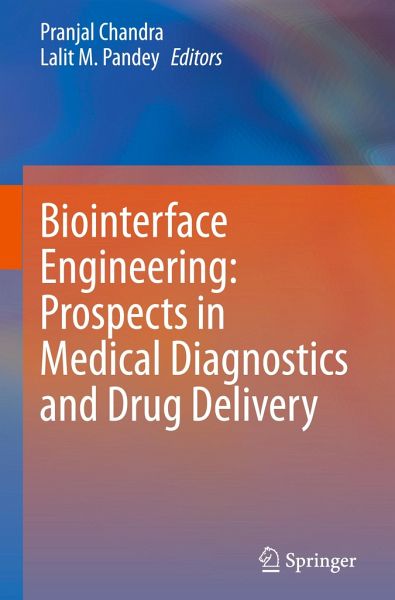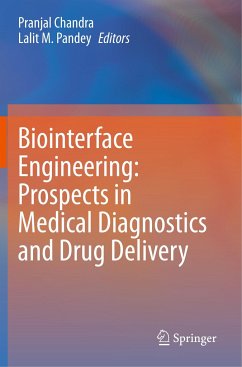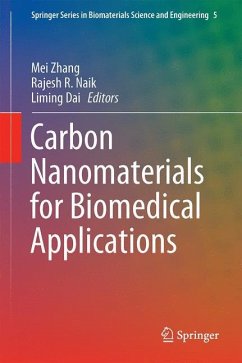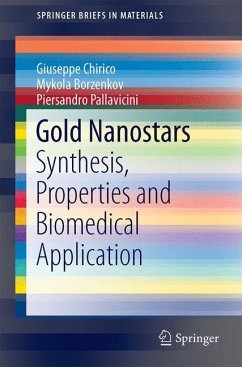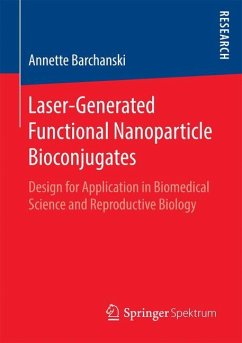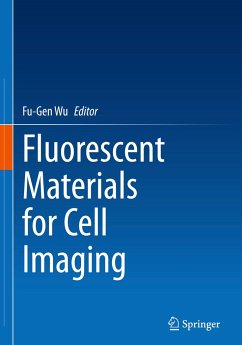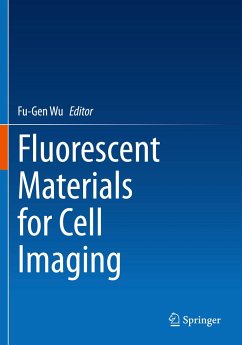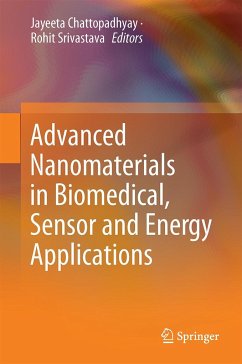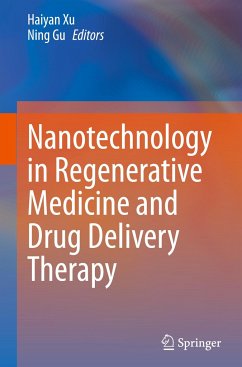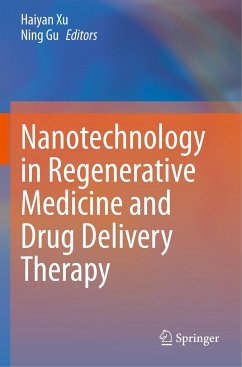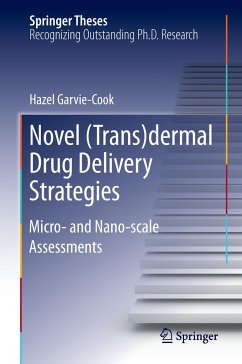Prof. Pranjal Chandra is currently employed as an Assistant Professor at the School of Biochemical Engineering, Indian Institute of Technology (BHU), Varanasi, India. He earned his Ph.D. from Pusan National University, South Korea and did post-doctoral training at Technion-Israel Institute of Technology, Israel. His research focus is highly interdisciplinary, spanning a wide range in biotechnology, nanobiosensors, material engineering, nanomedicine, etc. He has designed several commercially viable biosensing prototypes that can be operated for onsite analysis for biomedical diagnostics, environmental monitoring, and other point-of-care testing applications. He has published 5 books on various aspects of biosensors / medical diagnostics from IET London, Springer Nature, CRC press USA. He has also published over 85 journal articles in topmost journals of his research area including; Biosensors and Bioelectronics, Analytical Chemistry, Biomaterials, Chemical Communications, Electroanalysis, etc. His work has been greatly highlighted in over 300 topmost news agencies globally including Rajya Sabha TV, DD Science, Science Trends USA, Nature India, Vigyan Prasar, Global Medical Discovery; Canada, APBN Singapore, Business Wire; Dublin, etc. He is a recipient of many prestigious awards and fellowships such as; DST Ramanujan fellowship (Government of India); Early Carrier Research Award (DST, Government of India); Brain Korea -21 and National Research Foundation fellowship, South Korea; Technion post-doctoral fellowship, Israel; NMS Young scientist award, Biotech Research Society India Young Scientist Award, Young Engineers Award 2018, RSC Highly Cited Corresponding Author Award (general chemistry); ACS / Elsevier Outstanding Reviewer Awards, etc. He is a reviewer of over 50 international journals and expert project reviewer of various national/international funding agencies. He is Associate Editor of Sensors International and an editorial board member of a Materials Science for Energy Technologies by KeAi and Elsevier, World journal of methodology, USA; Frontiers of Biosciences, USA; Reports in Physical Sciences, Singapore. Prof. Lalit M. Pandey is an Associate Professor in the Department of Biosciences and Bioengineering, IIT Guwahati. He has completed his Ph.D. in Chemical Engineering from Indian Institute of Technology, Delhi. He was awarded Erasmus Mundus India4EU fellowship to pursue his research at Laboratoire des Matériaux et du Génie Physique (LMGP), Grenoble-INP, France for 18 months during 2010 to 2012. Prior to joining IIT Guwahati, he was working as a Scientist with the Central Pollution Control Board, Ministry of Environment & Forests, Govt. of India from 2009 to 2014 and was involved in research/study relating to water and air pollution in agro-based industries. He has received DST-UKIERI award 2018, IEI (The Institution of Engineers [India]) Young Engineers Award 2017, Innovation inScience Pursuit for Inspired Research (INSPIRE) Faculty Award 2014 and Early Career Research Award from Science and Engineering Research Board (SERB) by Department of Science & Technology, Govt. of India. His research area includes Biointerfaces and Biomaterials, Biochemical engineering and Environmental Biotechnology. He has published about fifty scientific articles in international journals, including J. Phys. Chem. C, Colloids and Surface: B, Langmuir, ACS Biomater. Sci. Eng., Materials Science and Engineering: C, Applied Surface Science, J. Chem. Eng. Data, Bioresource Technology, and Journal of Environmental Chemical Engineering etc. He is on the Editorial Board of four international journals and Guest Associate Editor in Biomaterials (Frontiers). He is a life member of the International Association of Engineers (IAENG), the Indian Institute of Chemical Engineers (IIChE), Nano and Molecular Society (India) and reviewer of several peer-reviewed journals.
